Comment récupérer laccès au disque dur, corriger lerreur dimpossibilité douvrir le disque dur

Dans cet article, nous vous expliquerons comment récupérer l'accès à votre disque dur en cas de panne. Suivez-nous !
Eternal fires are fires that are born from natural gas veins or are born from human intervention and burn for a long time without being extinguished.
1. Eternal Flame Falls, Shale Creek Preserve, New York, USA
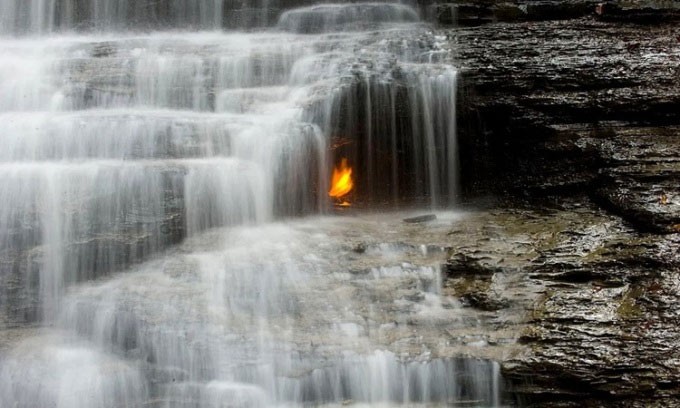
The 8-inch-tall eternal flame that has been burning for thousands of years, nestled in a small cave behind the 35-foot-tall Eternal Flame Falls in the Shale Creek Preserve, is one of the most famous eternal flames in the world.
Researchers have yet to determine the source of the eternal flame’s constant fuel supply. The theory is that some geological process has been steadily releasing natural gas from shale rock at a depth of 400m, fueling the flame.
The small fire can be observed most of the year and even burns in winter when the waterfall freezes. However, occasionally it may go out and need to be re-lit.
2. Yanartas, Olympos Valley, Türkiye
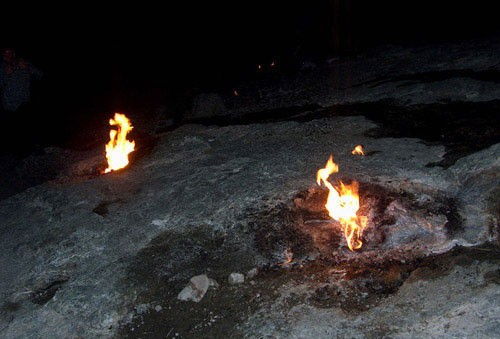
Yanartas, located on the Chimaera Mountain in the Olympos Valley in modern-day Antalya, Türkiye, is home to dozens of small, natural eternal flames that have been burning for over 2.5 millennia. At night, the area looks like hell on Earth.
3. Erta Ale, Ethiopia
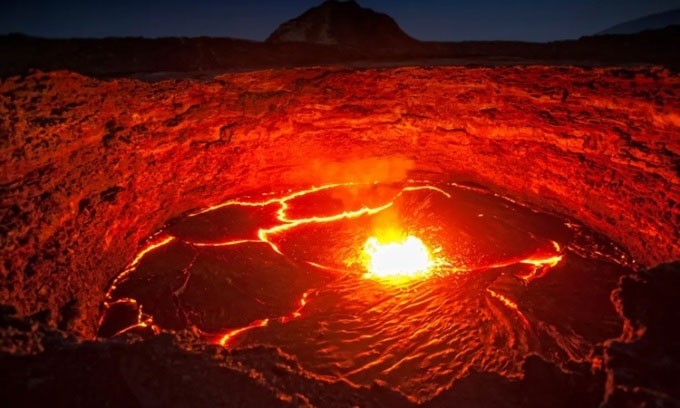
Erta Ale is a 613m-high shield volcano located in the Afar Basin of Ethiopia. It is notable for its nearby active lava lake, which has earned it the nickname "the Door to Hell". Erta Ale's lava lake was discovered in 1906.
4. Yanar Dağ, Azerbaijan
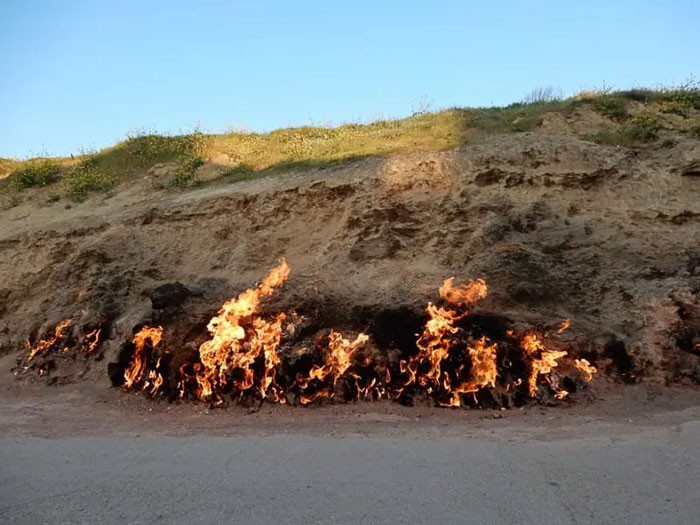
Yanar Dağ in Azerbaijan, located in the Lesser Caucasus Mountains, Azerbaijan, is a natural eternal fire. Yanar Dag burns with natural gas seeping from the porous sandstone on the hillside above Absheron Bay, reaching 2.74 m high.
5. Darvaza gas crater, Turkmenistan
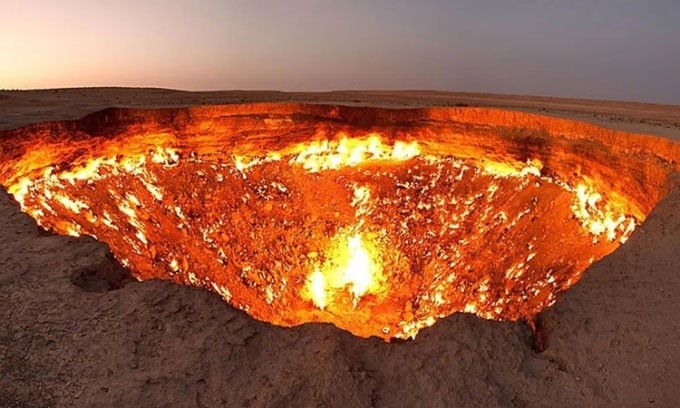
The Darvaza Crater in Turkmenistan has been burning continuously for more than 50 years and has been nicknamed the Door to Hell.
This eternal flame was created by human hands. In the 1970s, Soviet petroleum engineers discovered a huge gas field, and drilling operations in the area led to an underground collapse that caused large amounts of methane gas to begin spewing to the surface. The engineers decided to burn the gas to prevent the methane from accumulating to unsafe levels.
Dans cet article, nous vous expliquerons comment récupérer l'accès à votre disque dur en cas de panne. Suivez-nous !
À première vue, les AirPods ressemblent à n'importe quel autre écouteur sans fil. Mais tout a changé avec la découverte de quelques fonctionnalités peu connues.
Apple a présenté iOS 26 – une mise à jour majeure avec un tout nouveau design en verre dépoli, des expériences plus intelligentes et des améliorations des applications familières.
Craving for snacks but afraid of gaining weight? Dont worry, lets explore together many types of weight loss snacks that are high in fiber, low in calories without making you try to starve yourself.
Rest and recovery are not the same thing. Do you really need rest days when you schedule a workout? Lets find out!
Les étudiants ont besoin d'un ordinateur portable spécifique pour leurs études. Il doit être non seulement suffisamment puissant pour être performant dans la filière choisie, mais aussi suffisamment compact et léger pour être transporté toute la journée.
L'ajout d'une imprimante à Windows 10 est simple, bien que le processus pour les appareils filaires soit différent de celui pour les appareils sans fil.
Comme vous le savez, la RAM est un composant matériel essentiel d'un ordinateur. Elle sert de mémoire pour le traitement des données et détermine la vitesse d'un ordinateur portable ou de bureau. Dans l'article ci-dessous, WebTech360 vous présente quelques méthodes pour détecter les erreurs de RAM à l'aide d'un logiciel sous Windows.
Refrigerators are familiar appliances in families. Refrigerators usually have 2 compartments, the cool compartment is spacious and has a light that automatically turns on every time the user opens it, while the freezer compartment is narrow and has no light.
Wi-Fi networks are affected by many factors beyond routers, bandwidth, and interference, but there are some smart ways to boost your network.
Si vous souhaitez revenir à la version stable d'iOS 16 sur votre téléphone, voici le guide de base pour désinstaller iOS 17 et rétrograder d'iOS 17 à 16.
Le yaourt est un aliment merveilleux. Est-il bon de manger du yaourt tous les jours ? Si vous mangez du yaourt tous les jours, comment votre corps va-t-il changer ? Découvrons-le ensemble !
Cet article présente les types de riz les plus nutritifs et comment maximiser les bienfaits pour la santé du riz que vous choisissez.
Établir un horaire de sommeil et une routine de coucher, changer votre réveil et ajuster votre alimentation sont quelques-unes des mesures qui peuvent vous aider à mieux dormir et à vous réveiller à l’heure le matin.
Get Bathroom Tower Defense Roblox game codes and redeem them for exciting rewards. They will help you upgrade or unlock towers with higher damage.













